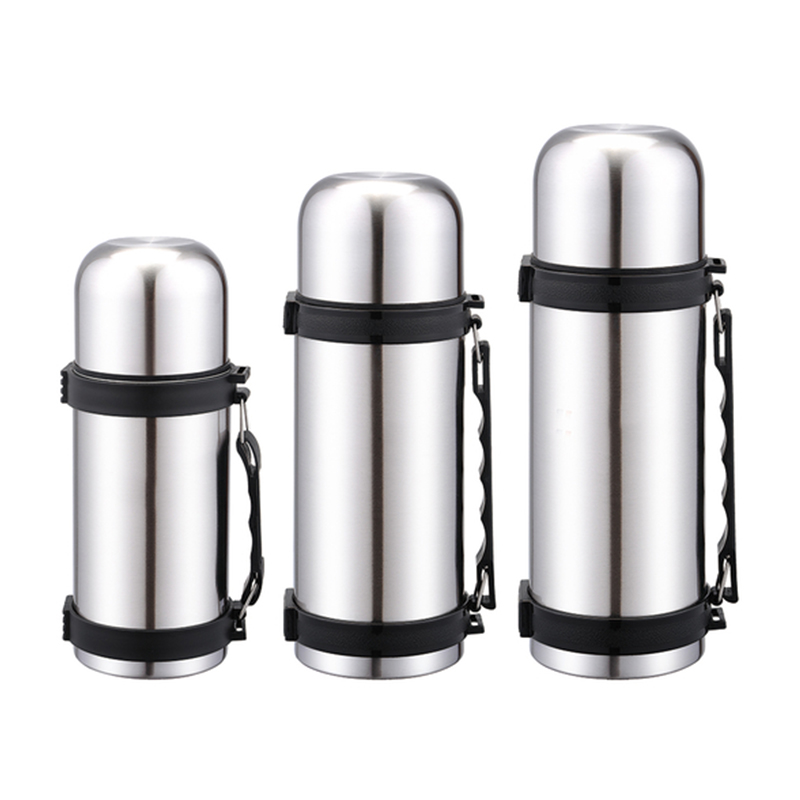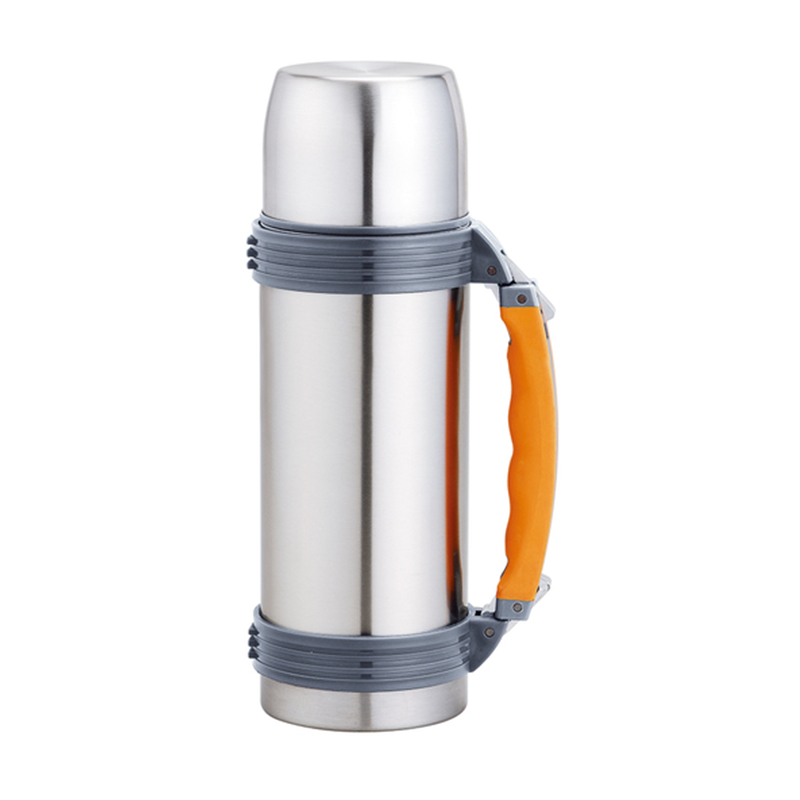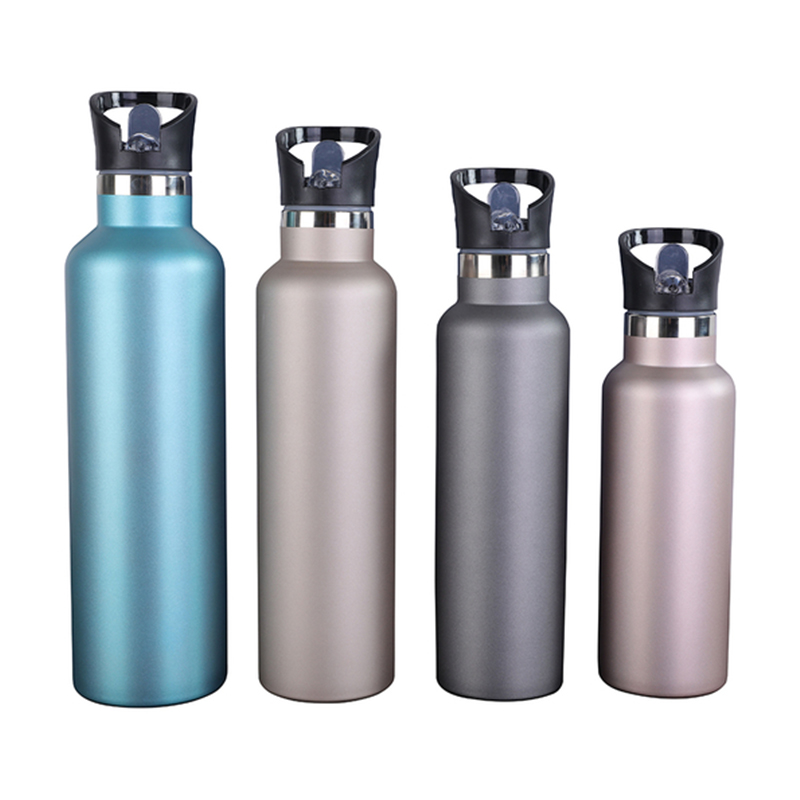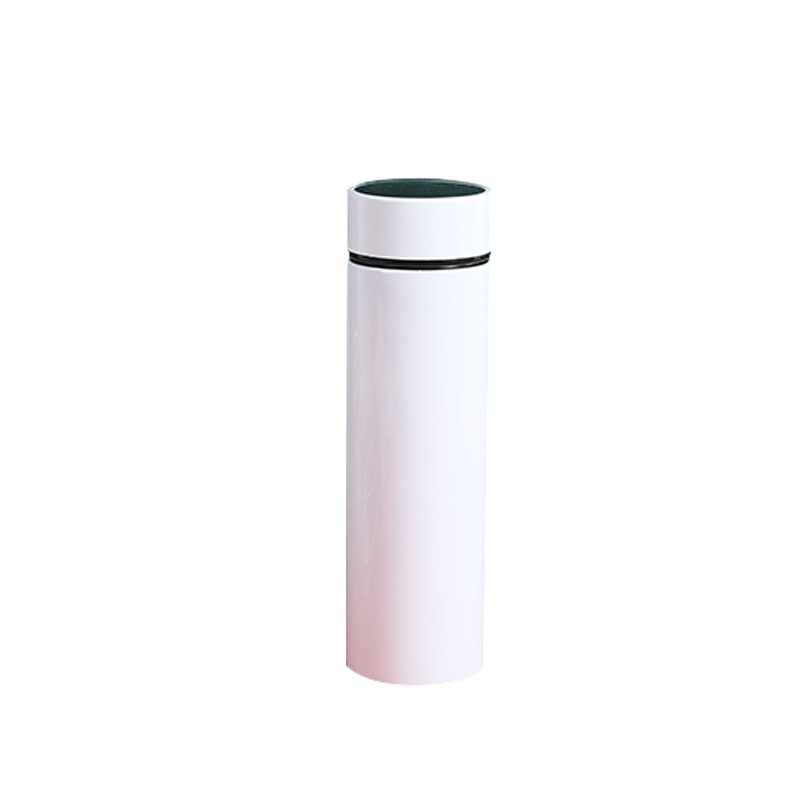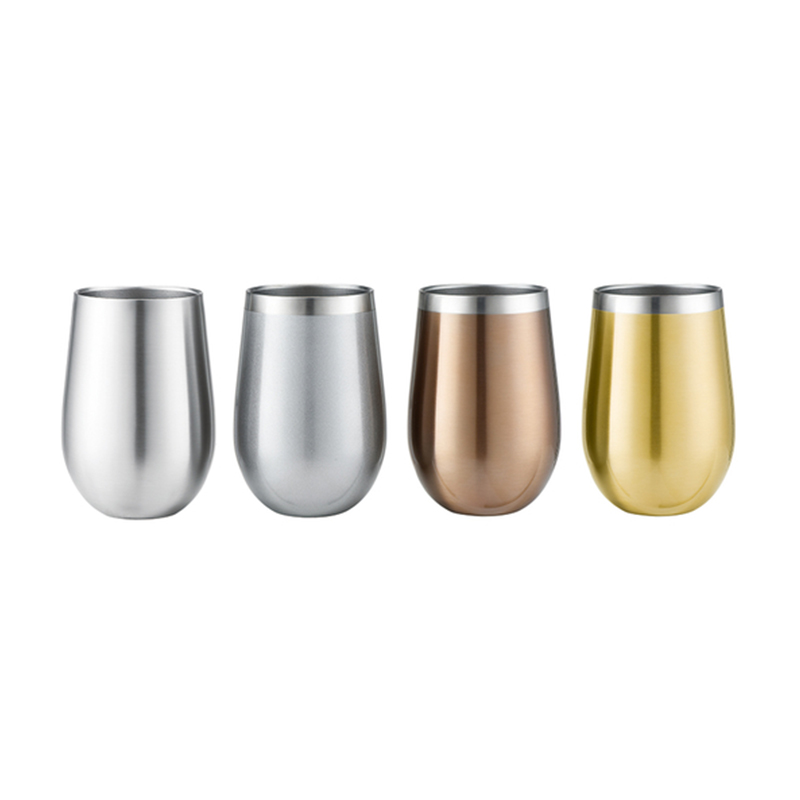The Cost Performance of Large Capacity Water Bottles
2025-06-06
When considering a large capacity water bottle, an important factor for many consumers is cost performance — that is, the balance between the bottle's price and the value it delivers. This article examines the cost performance of large capacity water bottles by exploring their materials, design, durability, usability, and price considerations, helping buyers make informed decisions without compromising quality or functionality.

Cost performance, or value for money, involves assessing how much benefit a product provides relative to its cost. For large capacity water bottles, this means evaluating not only the initial purchase price but also the product's longevity, usability, safety, and maintenance requirements. A bottle that is inexpensive but breaks or leaks easily may cost more in the long run due to replacements or inconvenience. Conversely, a high-quality bottle that lasts years and fits user needs may justify a higher upfront price.
Large capacity water bottles come in various materials, including plastic, stainless steel, glass, and sometimes aluminum. Each material affects the cost and performance differently.
Plastic Bottles: Typically, plastic bottles are more affordable and lightweight, making them attractive for casual use and sports. However, cost performance depends heavily on the type of plastic. Bottles made from BPA-free and food-grade plastics provide better safety and durability, justifying slightly higher prices compared to cheaper alternatives that may degrade or leach chemicals over time.
Stainless Steel Bottles: These are more expensive initially but offer durability and insulation. Stainless steel bottles, especially those made from 304 or 316 grades, resist dents, corrosion, and odor retention. Their ability to keep beverages cold or hot for extended periods adds functional value, improving cost performance in active or outdoor settings.
Glass Bottles: Glass bottles offer taste neutrality and are free from chemicals. However, they tend to be heavier and more fragile. For large capacities, glass bottles often carry a premium price and require protective sleeves to prevent breakage, impacting their overall cost performance.
A large capacity bottle's design directly influences its user-friendliness and cost performance. Important design features to consider include:
Leak-proof Cap: A secure cap prevents spills, especially in bags or during transport. Bottles with reliable sealing mechanisms may cost more but reduce the risk of damage or inconvenience.
Wide Mouth Opening: Wide mouths facilitate easy filling, cleaning, and adding ice cubes. Bottles lacking this feature might be cheaper but could prove frustrating to use regularly.
Handle or Strap: For larger bottles, portability can be challenging. Built-in handles or detachable straps improve ease of carrying and justify a moderate price increase.
Measurement Markings: Clear volume markings enable users to track water intake, enhancing hydration management and adding functional value.
While large capacity bottles reduce the need for frequent refills, their size and weight may impact portability. A well-designed large bottle balances volume and ease of transport. Bottles that weigh too much when full or lack ergonomic grips may be less practical, reducing their perceived value regardless of cost.
Prices for large capacity water bottles vary widely, from as low as $10 for basic plastic bottles to over $50 or more for premium stainless steel models with insulation and smart features. When evaluating cost performance, it is crucial to consider how long the bottle will last and whether it meets specific needs.
A durable stainless steel bottle with insulation can last many years and serve multiple functions beyond just water storage. This longevity often makes it more cost-effective than frequently replacing cheaper plastic bottles, which might degrade within months.
Another angle of cost performance is the environmental impact and health safety of the water bottle. Large capacity reusable bottles reduce reliance on disposable plastic bottles, contributing to environmental sustainability. Investing in higher-quality, durable bottles means fewer replacements and less plastic waste, which is an indirect cost benefit.
Moreover, health safety factors such as BPA-free materials and resistance to mold or bacteria build-up influence value. A safer bottle may prevent health issues and associated costs, thus enhancing overall cost performance.



 English
English  日本語
日本語  Deutsch
Deutsch 



